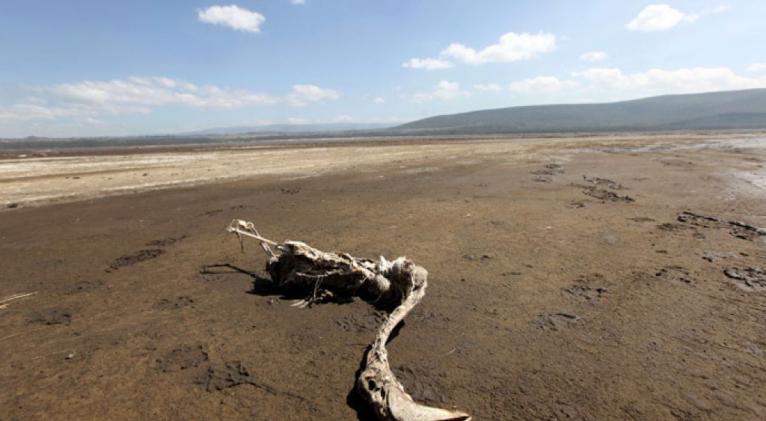Earth could face another mass extinction – study
especiales

Thousands of animals become extinct every year; pressures on species continue to grow, despite renewed conservation policies across the globe to try and slow the process, and the increasing amount of land and ocean areas being set aside for protection.
“In general the state of biodiversity is worsening, in many cases significantly,” said Derek Tittensor, a marine ecologist with the United Nations Environment Program’s World Conservation Monitoring Center in Cambridge, UK, as quoted by Nature.
The so-called Red List of Threatened Species, compiled by the International Union for Conservation of Nature, discovered that there are 46,000 critically endangered species.
The report found that amphibians are in the greatest danger, with 41 percent of species known to be facing extinction. Second in line are mammals, with 26 percent of species threatened. Thirteen percent of bird species are also in danger of being wiped off the face of the Earth.
READ MORE: Europe has lost 20% of bird population since 1980
However, the study's researchers examined just four percent of the 1.7 million species that have been described by scientists, making a reliable threat level to groups difficult to determine. For example, fish, insects, and reptiles have not been adequately assessed.
Current estimates of the actual number of species on the planet range wildly, from two million to 50 million. The main threats to habitats are human activity such as farming and hunting, as well as the possibility that climate change may accelerate the rate of extinction.
But extinctions are nothing new; more than 95 percent of all species have died off over the past 3.5 billion years.
Throughout history, there have been five mass extinctions caused by geological or astrological events such as ice ages or meteors. But the next one – unless something changes – is likely to be caused by human activity.
READ MORE: Wildlife populations decline by over 50% since 1970 – WWF













Add new comment